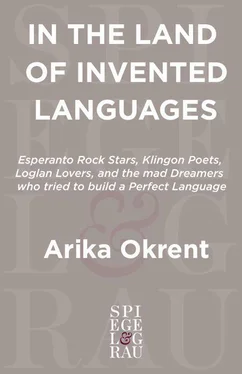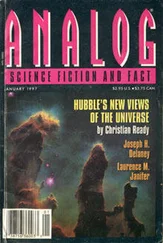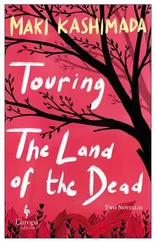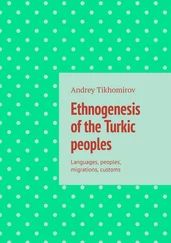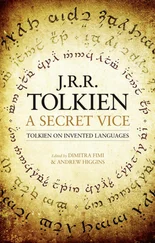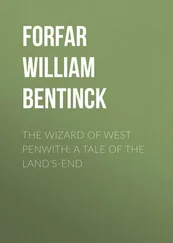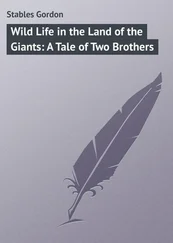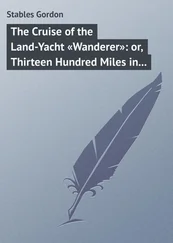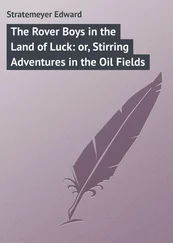Janet Six, “Hidden History of Ralston Heights,” Archaeology , May/June 2004.
For some good stories about Ogden, see:
J. R. L. Anderson and P. Sargant Florence, C. K. Ogden: A Collective Memoir (Elek, 1977).
K. E. Garay, “Empires of the Mind? C. K. Ogden, Winston Churchill, and Basic English,” Historical Papers, Communications Historiques (1988), pp. 280–91.
The hieroglyphic example comes from:
Florian Coulmas, The Blackwell Encyclopedia of Writing Systems (Black-well, 1996).
On how Chinese writing really works, see:
John DeFrancis, The Chinese Language: Fact and Fantasy (University of Hawaii Press, 1984).
For a good introduction to the linguistics of sign languages, see: Edward S. Klima and Ursula Bellugi, The Signs of Language (Harvard University Press, 1979).
On Gestuno, see:
Bill Moody, “International Sign: A Practitioner’s Perspective,” Journal of Interpretation (2002), pp. 1–47.
If you’d like to see Bliss in action, the 1974 film Mr. Symbol Man , directed by Bruce Moir and Bob Kingsbury, can be ordered from the National Film Board of Canada.
James Cooke Brown and the Language of Logic
On Korzybski, see:
Marvin Gardner, Fads and Fallacies in the Name of Science (Dover Publications, 1957).
Michael Silverstein, “Modern Prophets of Language,” University of Chicago, MS, 1993.
On Whorf, see:
John E. Joseph, “The Immediate Sources of the ‘Sapir-Whorf Hypothesis,’” Historiographia Linguistica 23, no. 3 (1996), pp. 365–404.
Penny Lee, The Whorf Theory Complex: A Critical Reconstruction (John Benjamins, 1996).
John Lucy, Language Diversity and Thought: A Reformulation of the Linguistic Relativity Hypothesis (Cambridge University Press, 1992).
Michael Silverstein, “Whorfianism and the Linguistic Imagination of Nationality,” in Regimes of Language: Ideologies, Polities, and Identities , edited by Paul Kroskrity (School of American Research Press, 2000).
For an interesting book about ideas and ownership, see:
Ben Klemens, Math You Can’t Use: Patents, Copyright, and Software (Brookings Institution Press, 2006).
Lojban information, including learning materials and grammars, can be found at www.lojban.org.
The Klingons, the Conlangers, and the Art of Language
The study of native Esperanto speakers referred to in the discussion of irregularity is:
Benjamin K. Bergen, “Nativization Processes in L1 Esperanto,” Journal of Child Language 28 (2001), pp. 575–95.
The story of Sebeok’s analysis of the nuclear waste problem is in Eco’s book. Sebeok’s actual report, “Communication Measures to Bridge Ten Millennia” (1984), can be ordered from the National Technical Information Service (www.ntis.gov ).
Information about Tolkien comes from:
Humphrey Carpenter, J. R. R. Tolkien: A Biography (Houghton Mifflin,1977).
Descriptions and histories of many conlangs can be found at www.langmaker.com.
Appendix A: The List of Languages
This list of languages is mostly culled from:
Aleksandr Dulichenko, Mezhdunarodnye vspomogatel’nye iazyki (International Auxiliary Languages) (Valgus, 1990).
This book is at the Library of Congress and a few university libraries.
Dulichenko, in turn, has culled from:
Louis Couturat and Léopold Leau, Histoire de la langue universelle (Hachette, 1903).
At many university libraries.
Ernest Drezen, Historio de la mondolingvo (Ekrelo, 1931).
Very hard to find.
Marcel Monnerot-Dumaine, Précis d’interlinguistique générate et spéciale (Librairie Maloine, 1960).
Held at many university libraries.
Petr Stojan, Bibliografio de internacia lingvo (Universala Esperanto-Asocio, 1929).
Very hard to find.
Appendix B: Language Samples
The language samples were collected from original works, as well as from Dulichenko and from:
Mario Pei, One Language for the World (Biblo and Tannen, 1958).
The languages captured my interest; the people behind the languages reeled me in. If someone could figure out how to carve this amazing mountain of raw material into a story, I thought, what a great story it would be. I was foolhardy enough to think I was up to the task.
I was certainly not up to it when I began, but I was fortunate enough to have people who knew what they were doing on my side: my uncle Danny, who gave me the straight truth about my feeble early attempts, and my agent, Chuck Verrill, who knew exactly how to turn an idea into a book . Those early attempts benefited greatly from the editing pencils of Michele Mortimer at Darhansoff, Verrill, and Feldman; Allen Freeman and Jean Stipicivic at the American Scholar ; and Michelle Wildgen at Tin House .
I owe an enormous debt of gratitude to my editor, Tina Pohl-man, who is both a sharp-eyed professional and a cool chick. I am also lucky to count among my friends Dara Moskowitz and Dennis Cass, fabulous writers who are unnecessarily generous with their time and advice. I thank Cindy Spiegel and Julie Grau for taking me on and Mike Mezzo and Mya Spalter for seeing me through.
I received invaluable feedback and encouragement from Amanda Pollak, Michael Silverstein, and Nicole Juday. And the book would not have been possible without the many people who answered my questions and shared their stories with me: Shirley McNaughton, Ann Running, Paul Marshall, Douglas Everingham, Richard Ure, Ann Weilgart, Andrea Patten, John Clifford, Bob LeChevalier, Nora Tansky, Jennifer Brown, Joy Barnes, Evy Anderson, Hazel Morgan, Bob Mclvor, Joseph Vandiver, Charles Robbins, Mark Shoulson, Marc Okrand, Lawrence Schoen, Louise Whitty, Humphrey Tonkin, Normand Fleury, Suzette Haden Elgin, Sarah Higley, and all the participants at the Esperanto, Lojban, Klingon, and Conlang conferences I attended.
None of this happens without good child care. For that I’d like to thank the entire staff of the Canaan Baptist Church day care, especially Ms. Linda Dubose, who was there from the beginning. Thanks also to Joey Dziomba and Arianna Neromiliotis at the community preschool of the Pennsylvania School for the Deaf for doing great things with small people.
And thank you, Derrick, Leo, and Louisa, for making life sweet.

Copyright © 2009 by Arika Okrent
All rights reserved.
